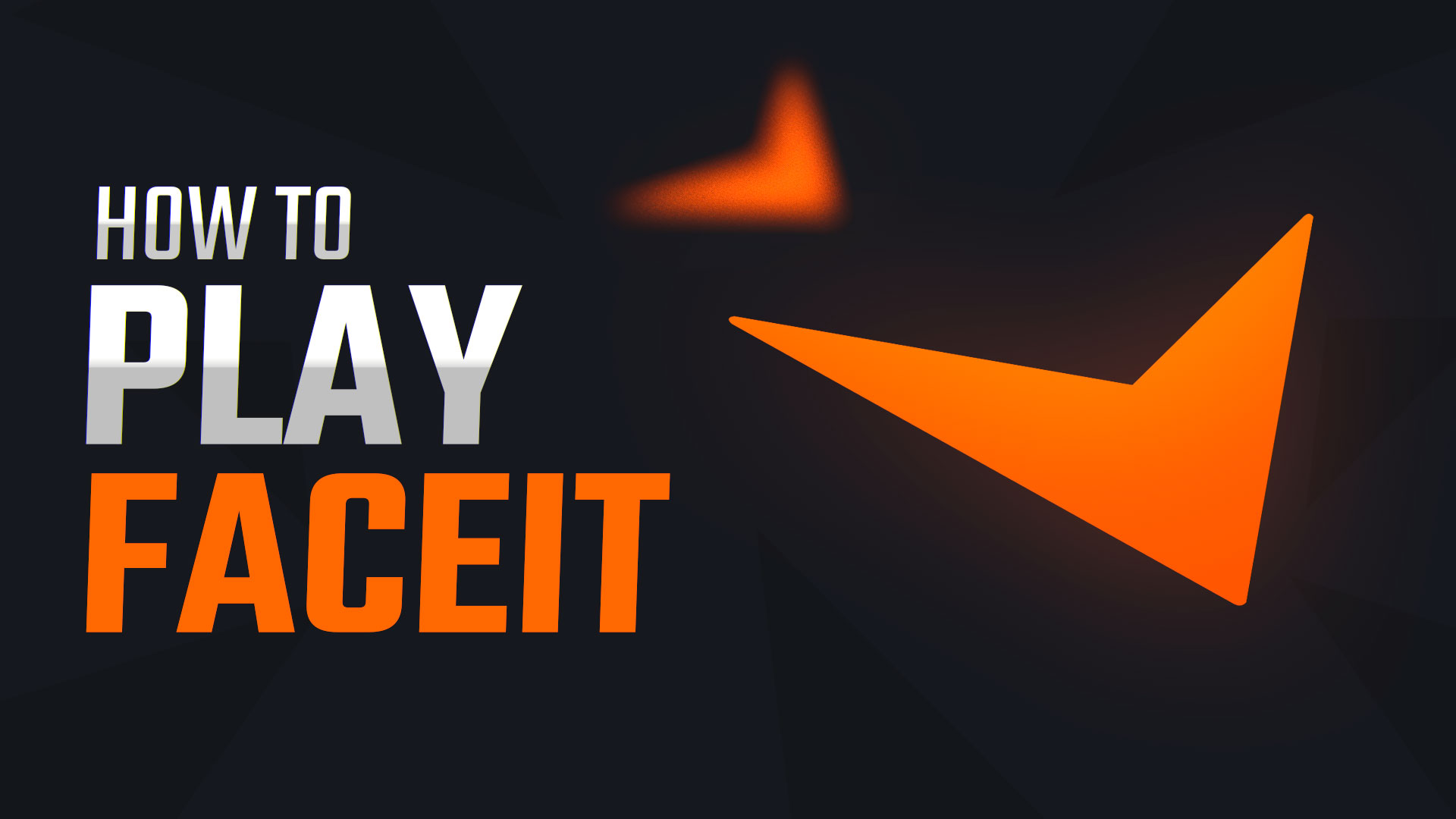Daily Pulse: Global Insights
Your daily source for news and insightful information from around the globe.
Faceit Like a Pro: Sneaky Tips for Crushing CS2 Matches
Unlock pro-level secrets to dominate CS2! Discover sneaky tips and tricks that will elevate your gameplay and crush your competition!
Mastering Map Control: Key Areas to Dominate in CS2
Mastering map control in CS2 is crucial for establishing dominance in the game. Focus on key areas such as mid-control, where players can gain crucial information and dictate the pace of the match. Understanding the significance of holding and contesting this central zone can lead to a significant tactical advantage. Additionally, areas like bomb sites should not be overlooked. Controlling A and B sites not only allows for effective site execution but also creates opportunities for flanking and retakes.
Effective communication and teamwork are essential for maintaining map control in CS2. Coordinate with your teammates to focus on critical choke points and maintain map presence. Employ strategies such as smokes and flashes to obstruct the enemy's visibility and establish dominance. Remember to constantly adapt your strategy based on the opponent's movements and be ready to reposition. By mastering these key areas and fostering strong team communication, you'll enhance your ability to control the map and lead your team to victory.

Counter-Strike is a highly popular first-person shooter game that emphasizes teamwork and strategy. Players can choose between two opposing teams, Terrorists and Counter-Terrorists, to complete objectives such as bomb defusal or hostage rescue. For gamers looking to improve their skills, exploring professional players' configurations can be helpful; for instance, you can check out kennyS's settings for inspiration on optimizing your gameplay.
Essential Communication Strategies for Team Success in CS2
Effective communication is critical for the success of any team, particularly in environments like CS2 where coordination and quick decision-making are essential. One of the foundational communication strategies involves establishing clear roles and responsibilities. When team members understand their individual duties and how they contribute to the collective goal, they can communicate more effectively with one another. Additionally, implementing regular check-ins and updates can foster an open dialogue, allowing teams to navigate challenges collaboratively. This proactive approach to communication not only prevents misunderstandings but also enhances team cohesion.
Another vital communication strategy is embracing feedback culture. Constructive feedback can significantly improve performance and morale within the team. By encouraging team members to share their thoughts and opinions—whether through structured feedback sessions or informal discussions—teams can identify areas of improvement and celebrate successes. Incorporating tools such as collaboration platforms or project management software can facilitate this exchange of ideas. Ultimately, prioritizing a transparent and inclusive communication style will lead to greater innovation and problem-solving capabilities, ensuring the team's success in CS2.
How to Analyze Your CS2 Gameplay for Continuous Improvement
To effectively analyze your CS2 gameplay, start by recording your matches. Utilize tools like internal game recordings or third-party software to capture crucial gameplay moments. Once you have your footage, focus on evaluating your decision-making processes during critical situations. Consider creating an analysis checklist that includes aspects such as positioning, communication with teammates, and weapon selection. This structured approach ensures you cover all key factors influencing your performance in the game.
After you've reviewed your gameplay footage, compile your findings into a performance report. Highlight areas where you excelled and, more importantly, aspects that need improvement. Break down your analysis into categories such as mechanics, strategy, and teamwork. For instance, if you notice frequent miscommunication with your team, prioritize working on your callouts in practice matches. Setting specific goals based on your analysis allows for a targeted approach to refining your skills in CS2.